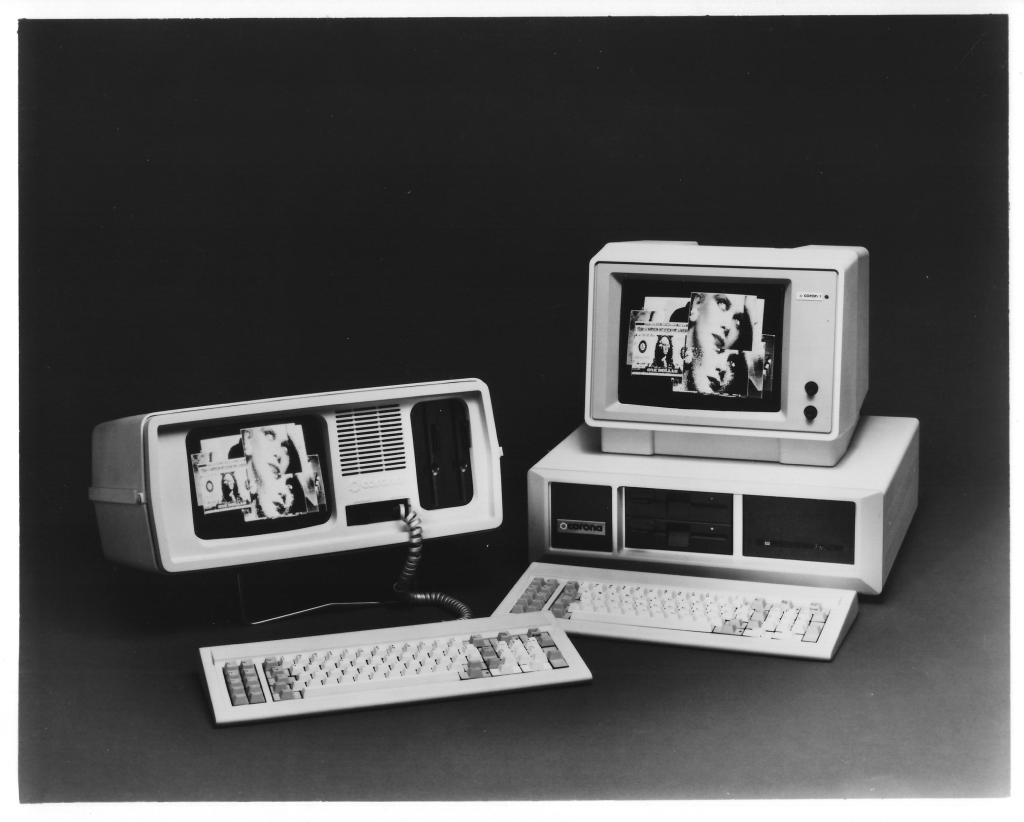Some early microcomputer manufacturers saw a better chance for success by targeting the industrial and government markets. By designing systems to be more durable and better equipped at certain tasks, they avoided competing in the cut-throat business market. It didn’t hurt that industrial and government customers were willing to pay a premium.

Source: Micro Source, 1982

Source: MicroStandard Technologies, 1983
The M6000P was one example. It was originally sold under the Micro Source brand, but the company changed its name to MicroStandard Technologies sometime in 1983 and changed the basic configuration of the M6000P at the same time, dropping the “P” designation. A 10-slot card cage became standard, and an Intel 8088 CPU became optional. A color CRT option was also made available in place of the standard monochrome display. The M6000 was sold for industrial, scientific, and military applications. The company later sold a model aimed at the general business market, the M3000
Introduced: 1982
Original Retail Price: $3,900 to $5,100
Base Configuration: 4MHz Z80 CPU, CP/M 2.2, eight STD slots (four open), 64K RAM (512K max), 8K ROM, two 5.25-inch floppy disk drives, integral 9-inch monochrome CRT, keyboard/keypad, C-BASIC, application suite, carrying case
Video: 25-line x 80-column text
Size/Weight: 17 x 20 x 7 inches, 33.75 lbs.
Important Options: 4MHz 68000 coprocessor, Unix, 10- or 12-slot card cage, external 8-inch floppy disk drive, 10- to 40MB hard disk drive, color graphics card, color monitor, serial and parallel interfaces, modem, acoustic coupler, integral printer.






